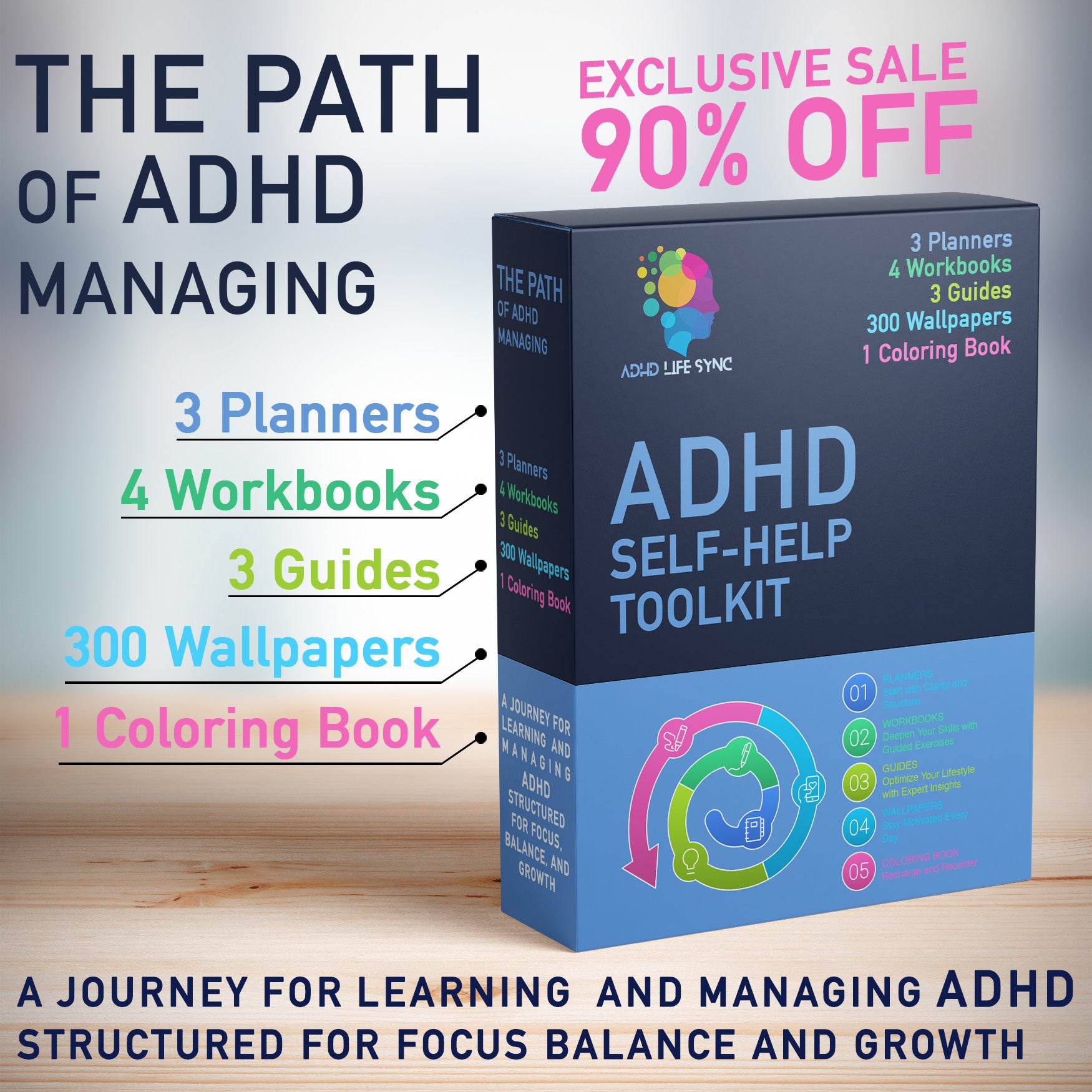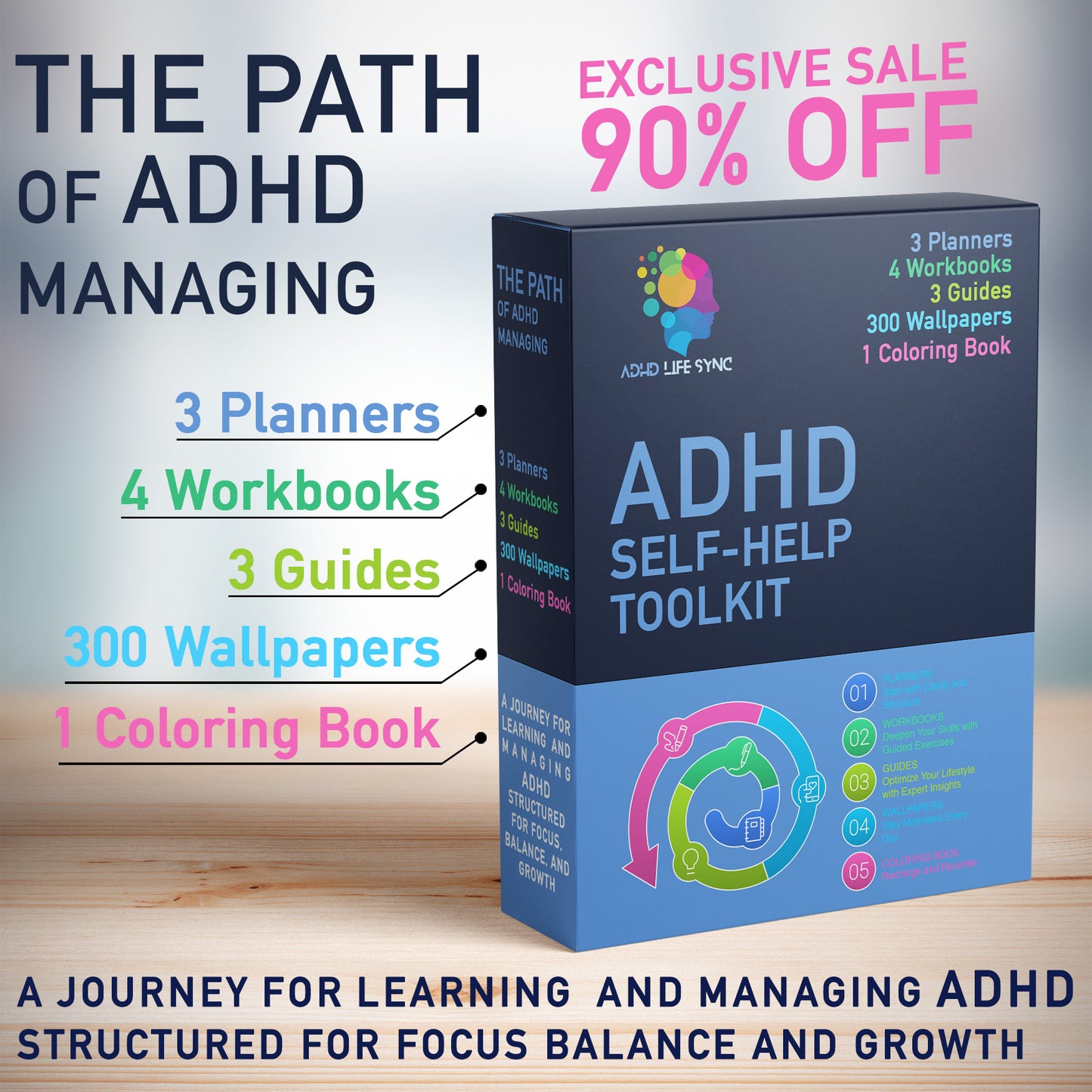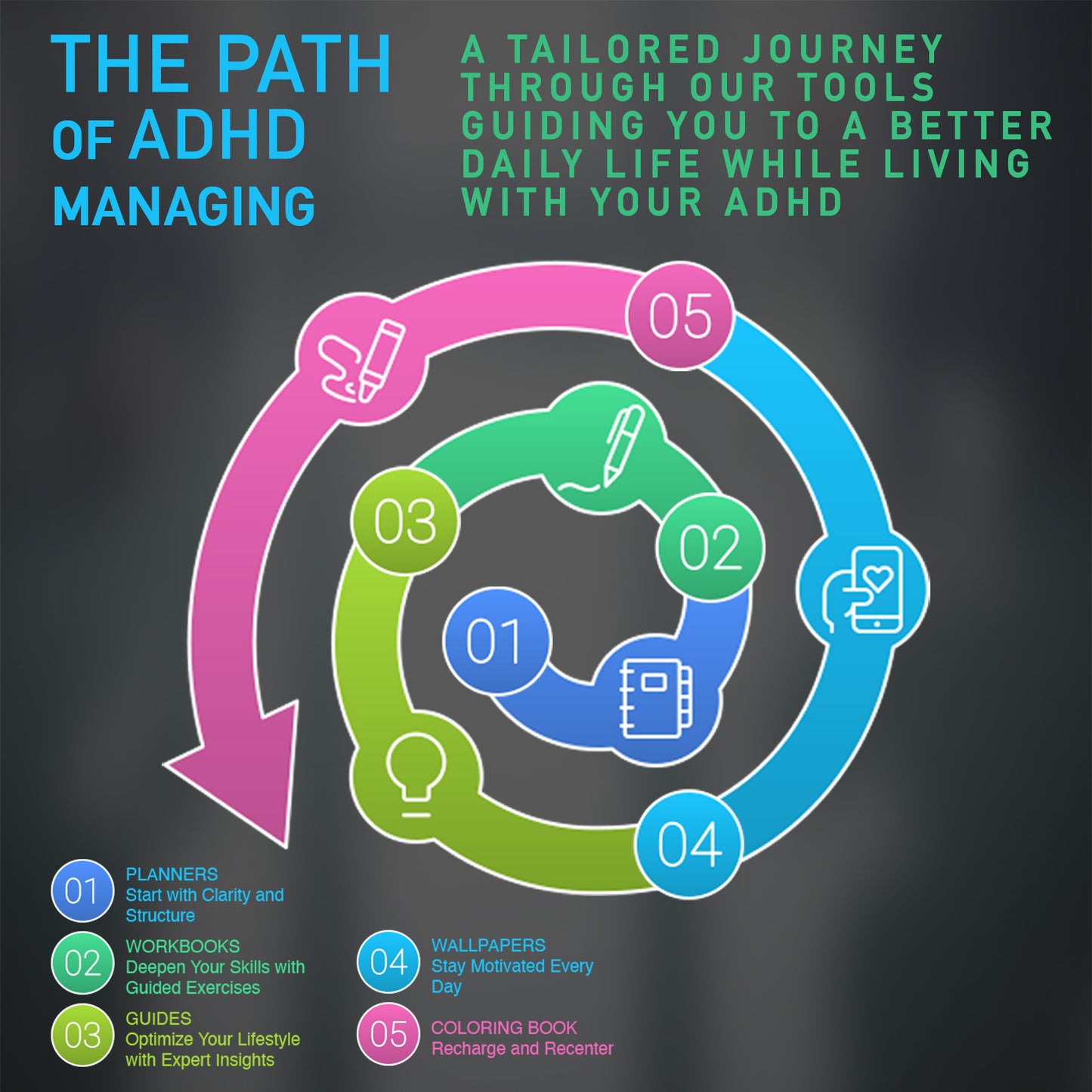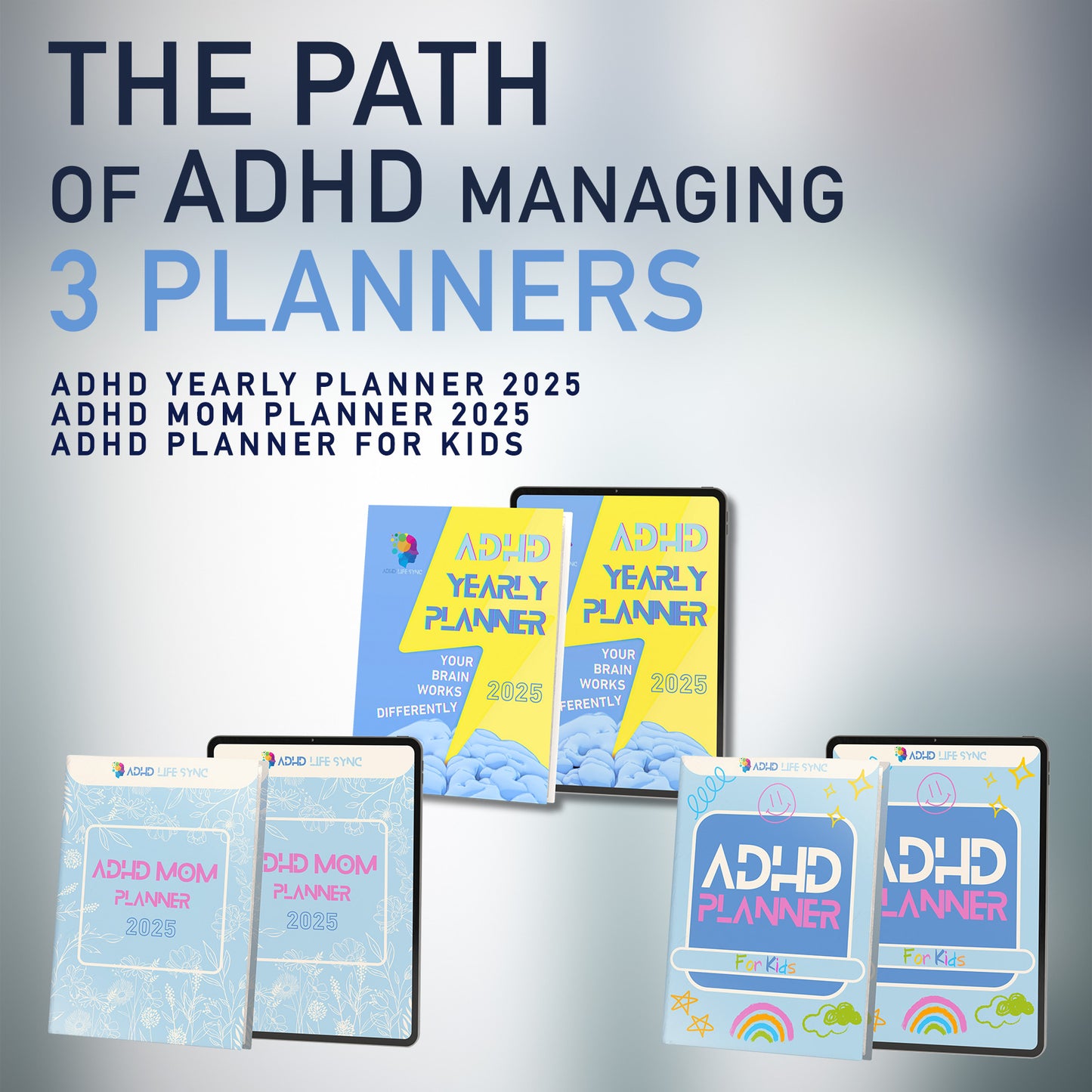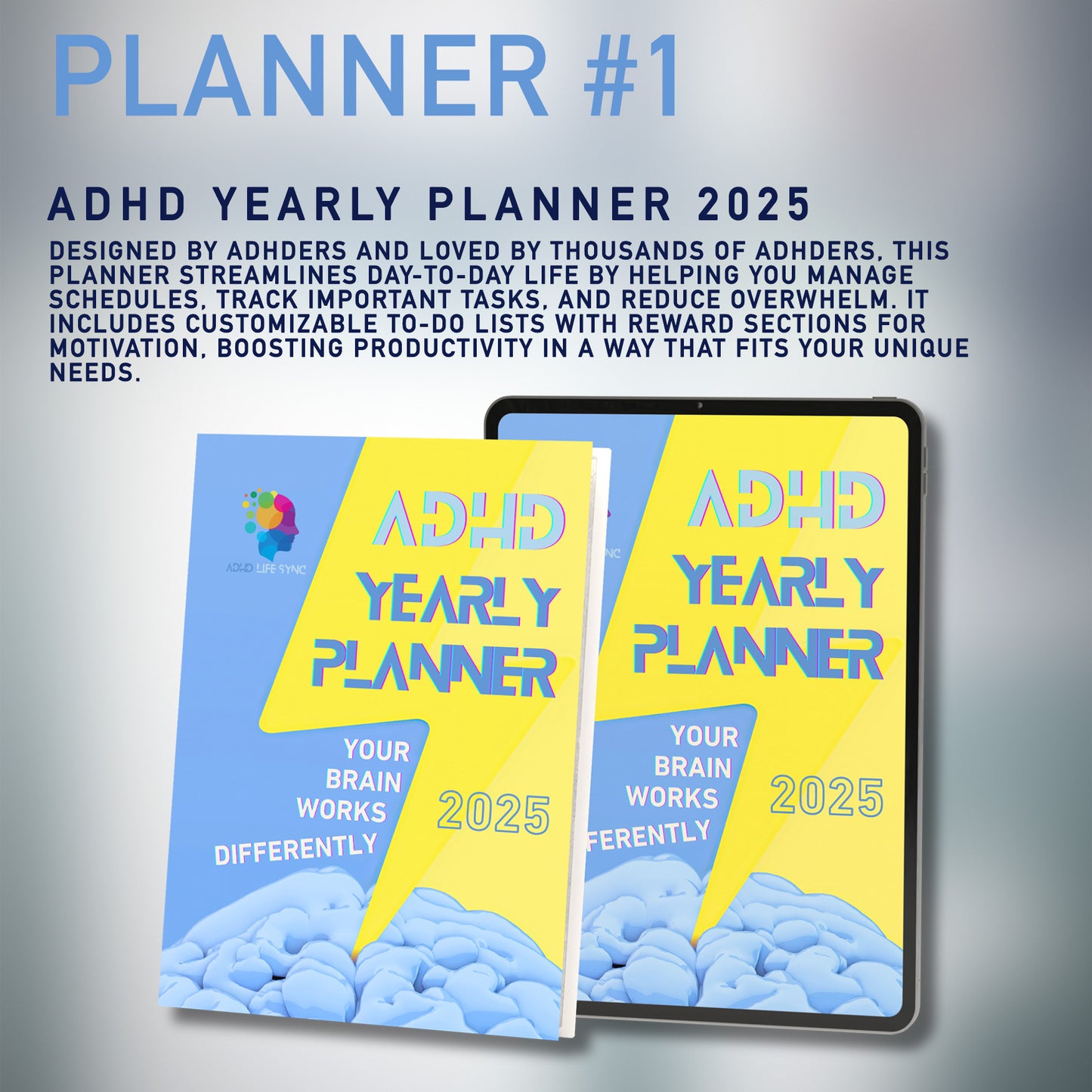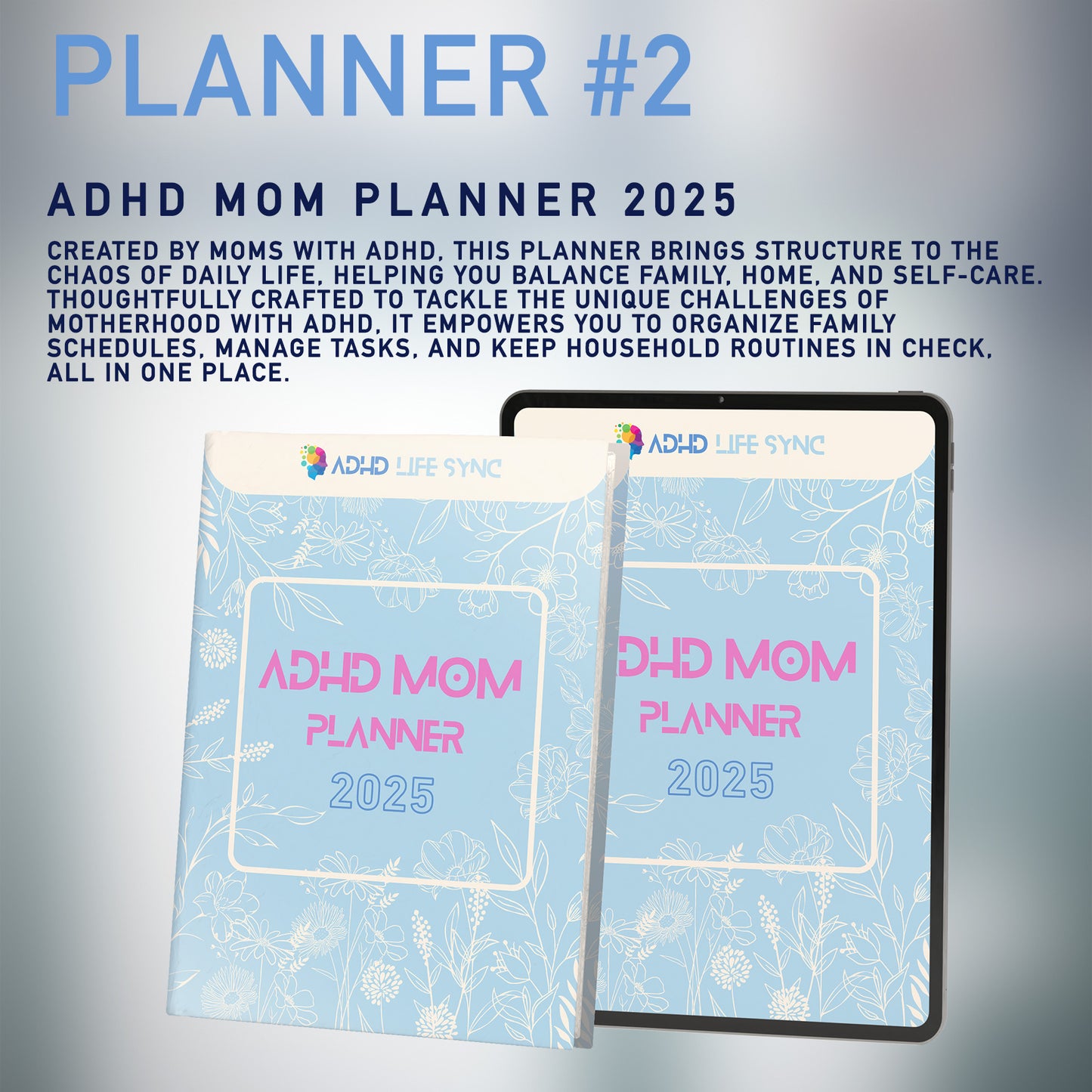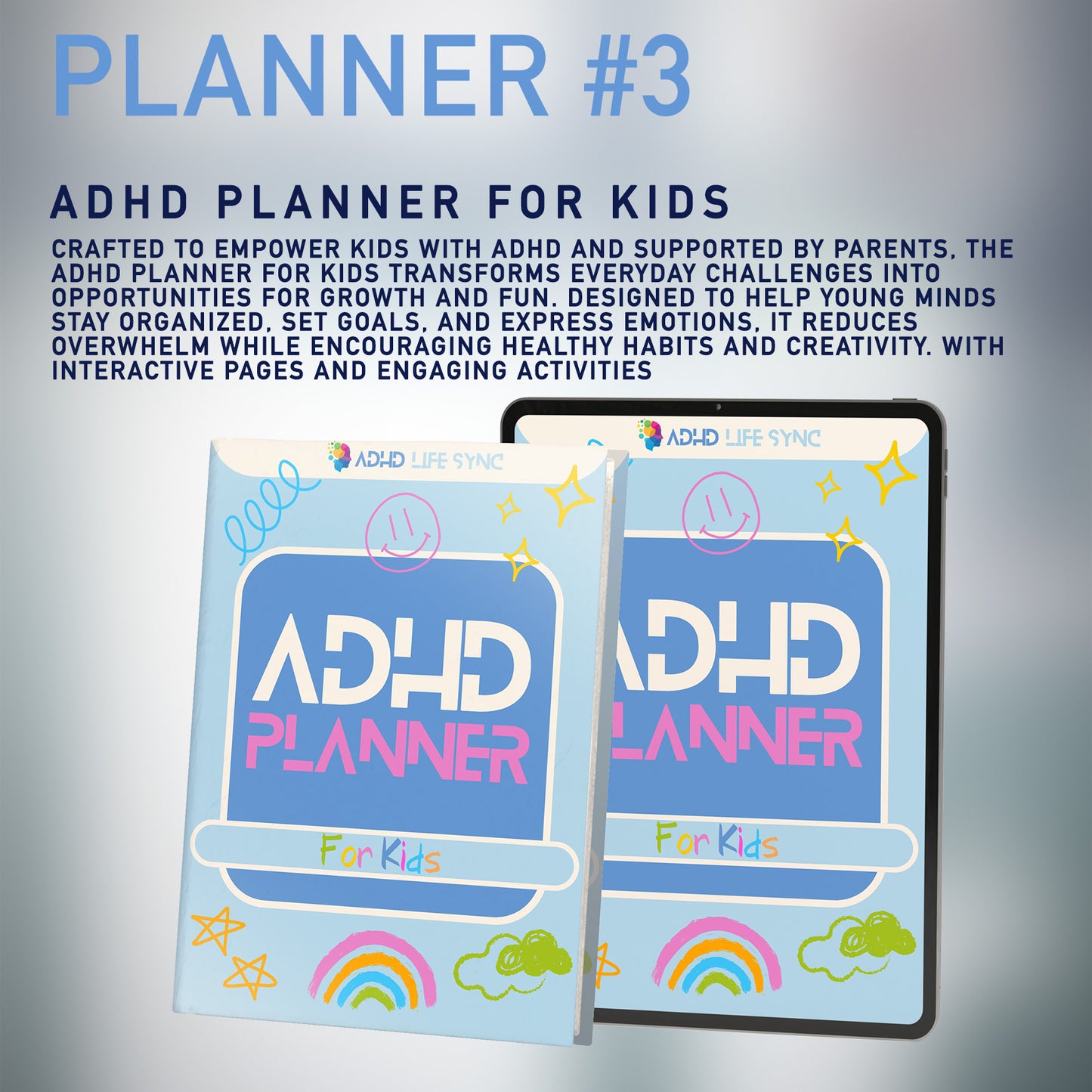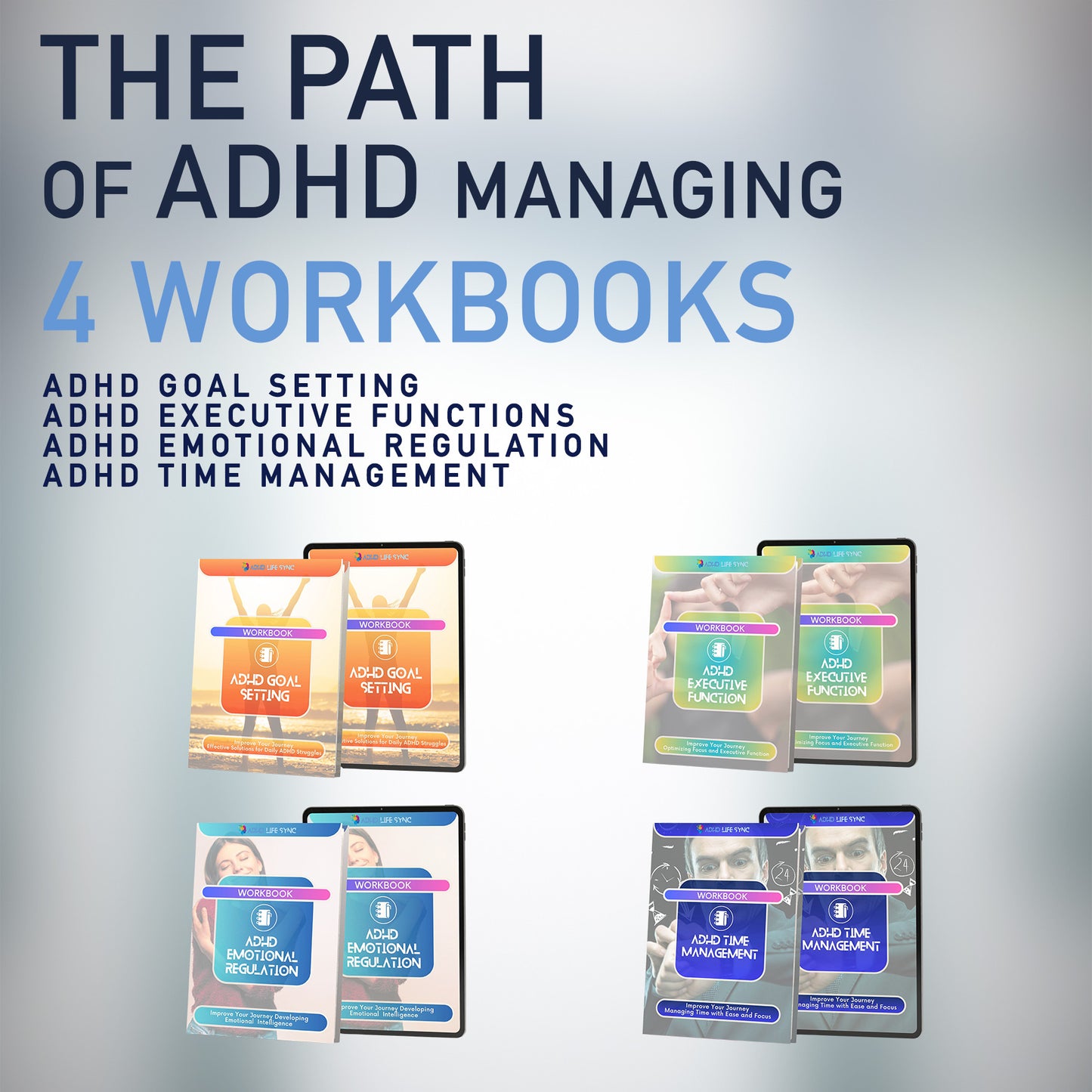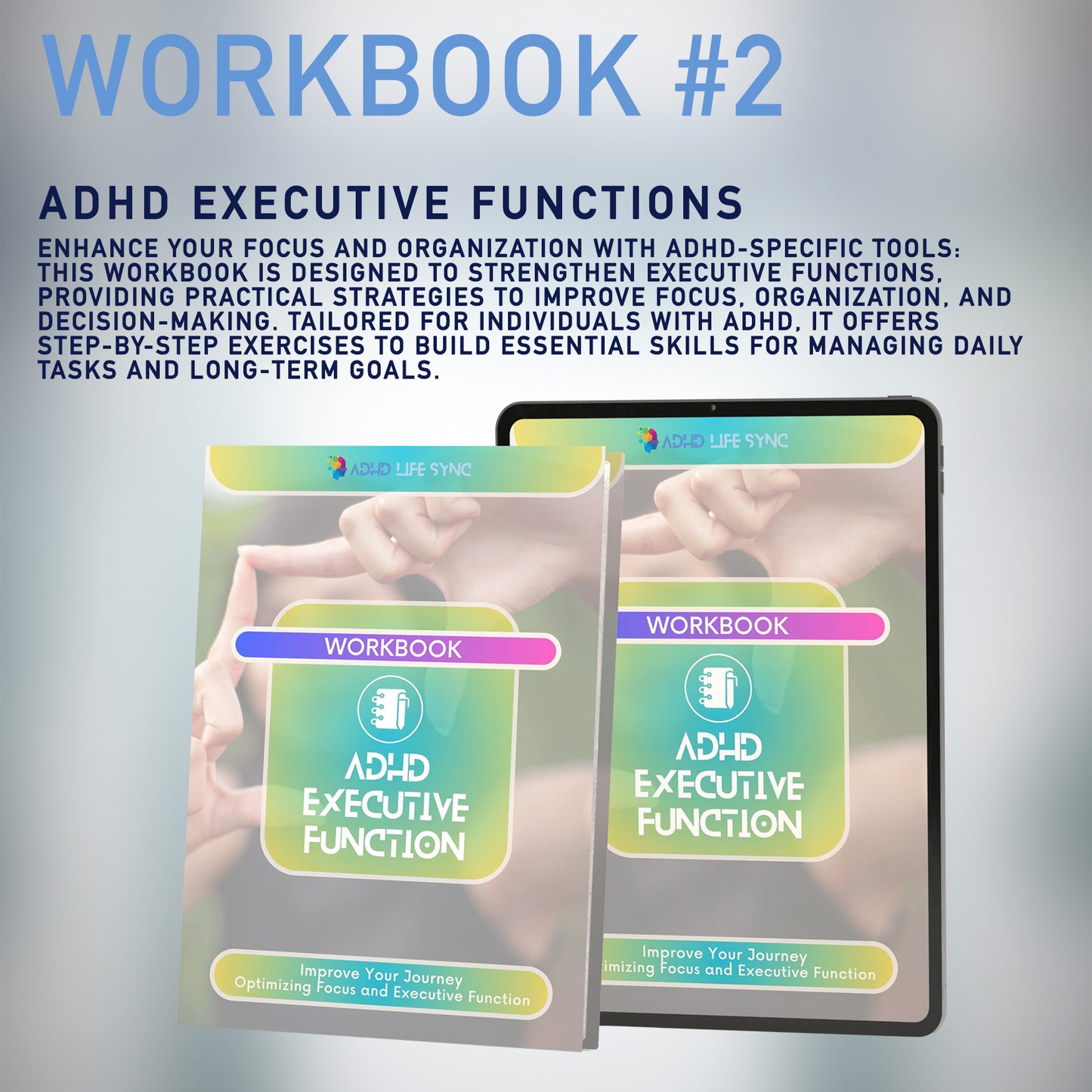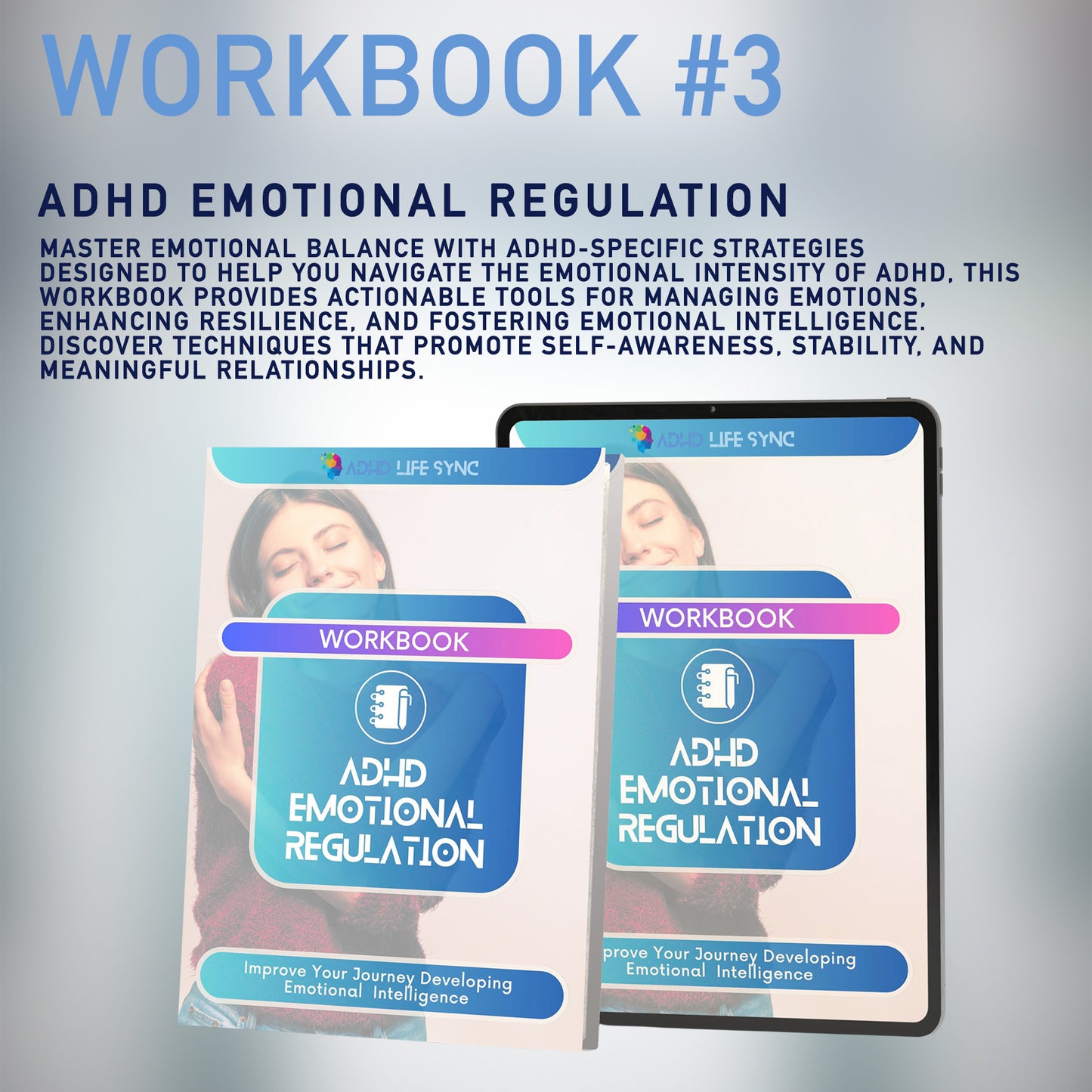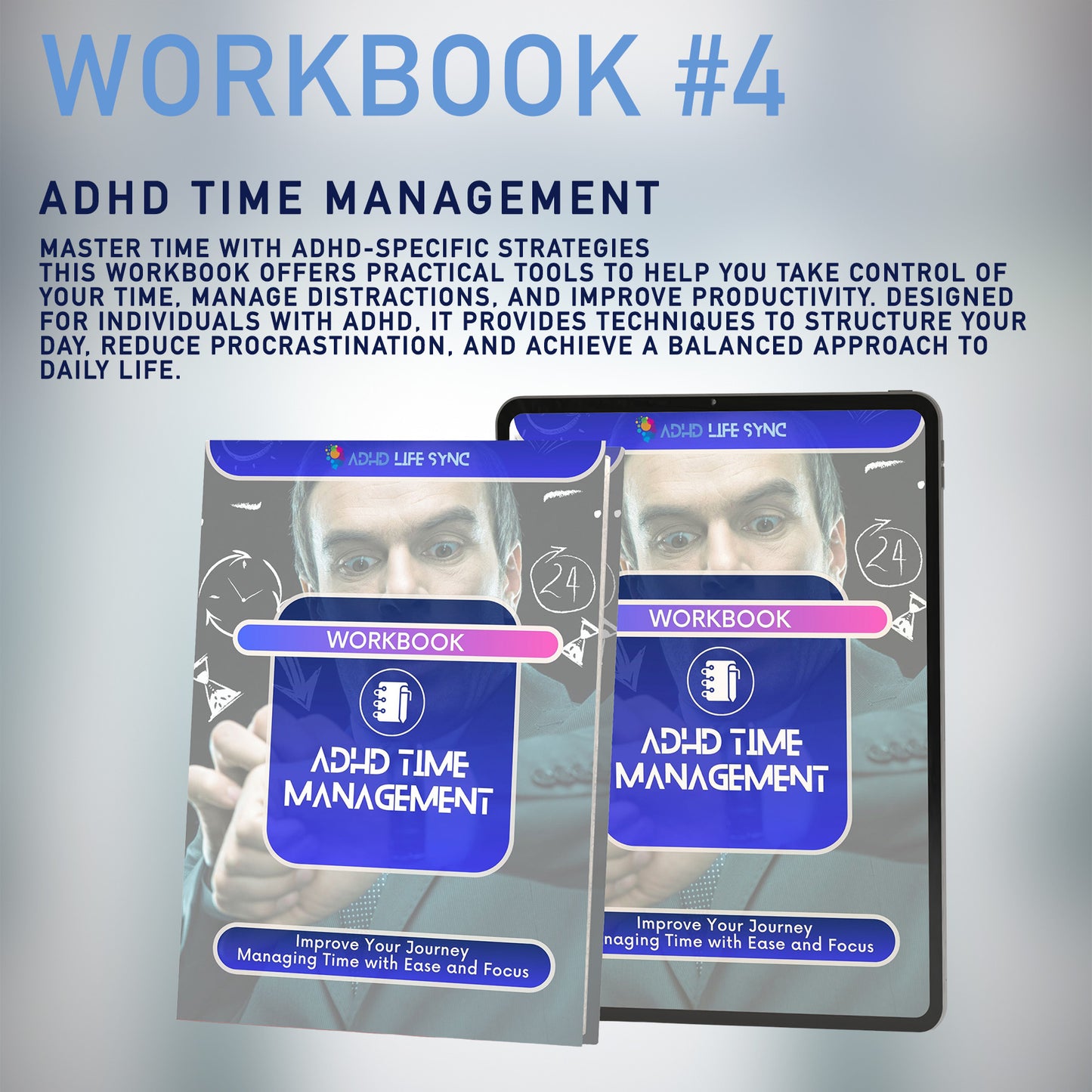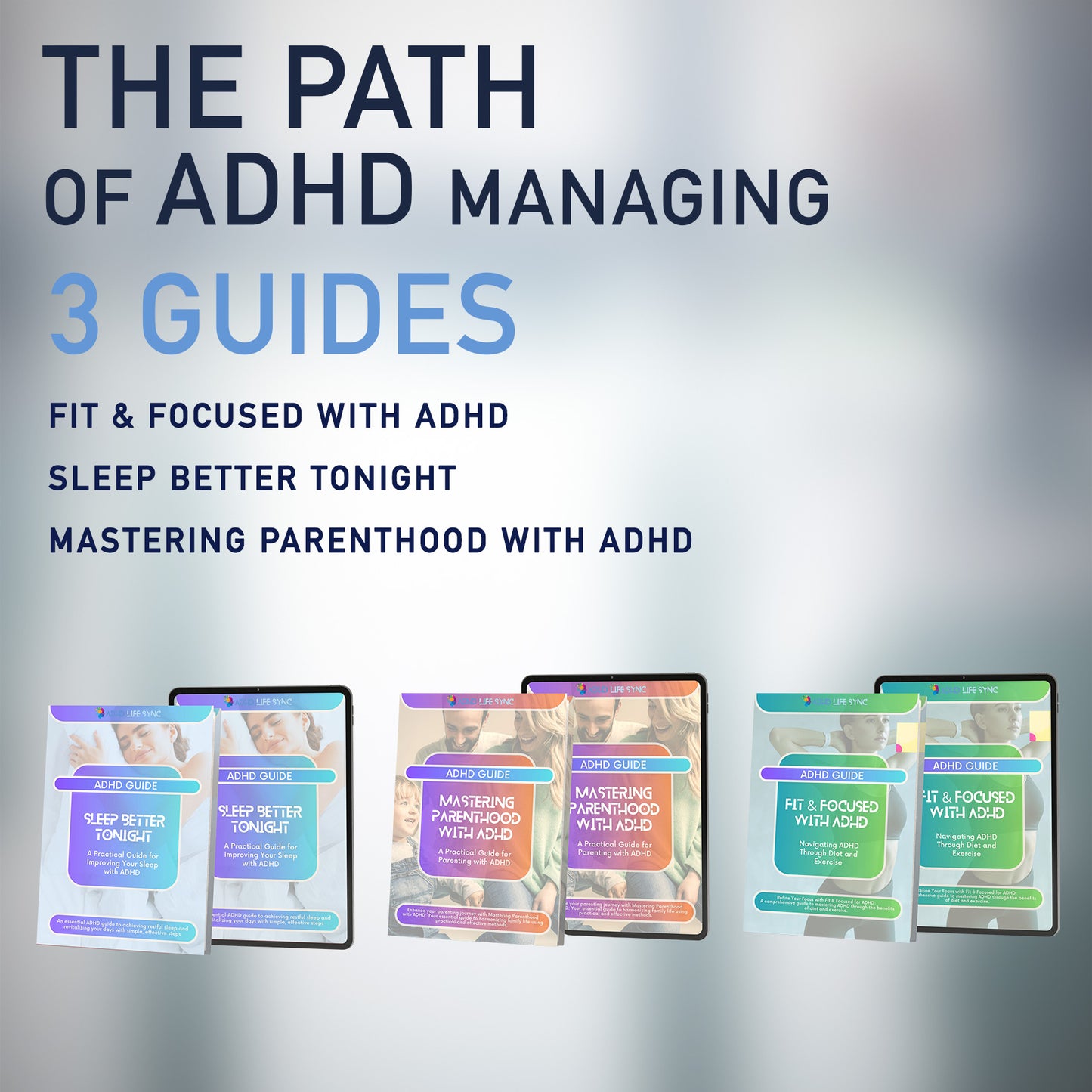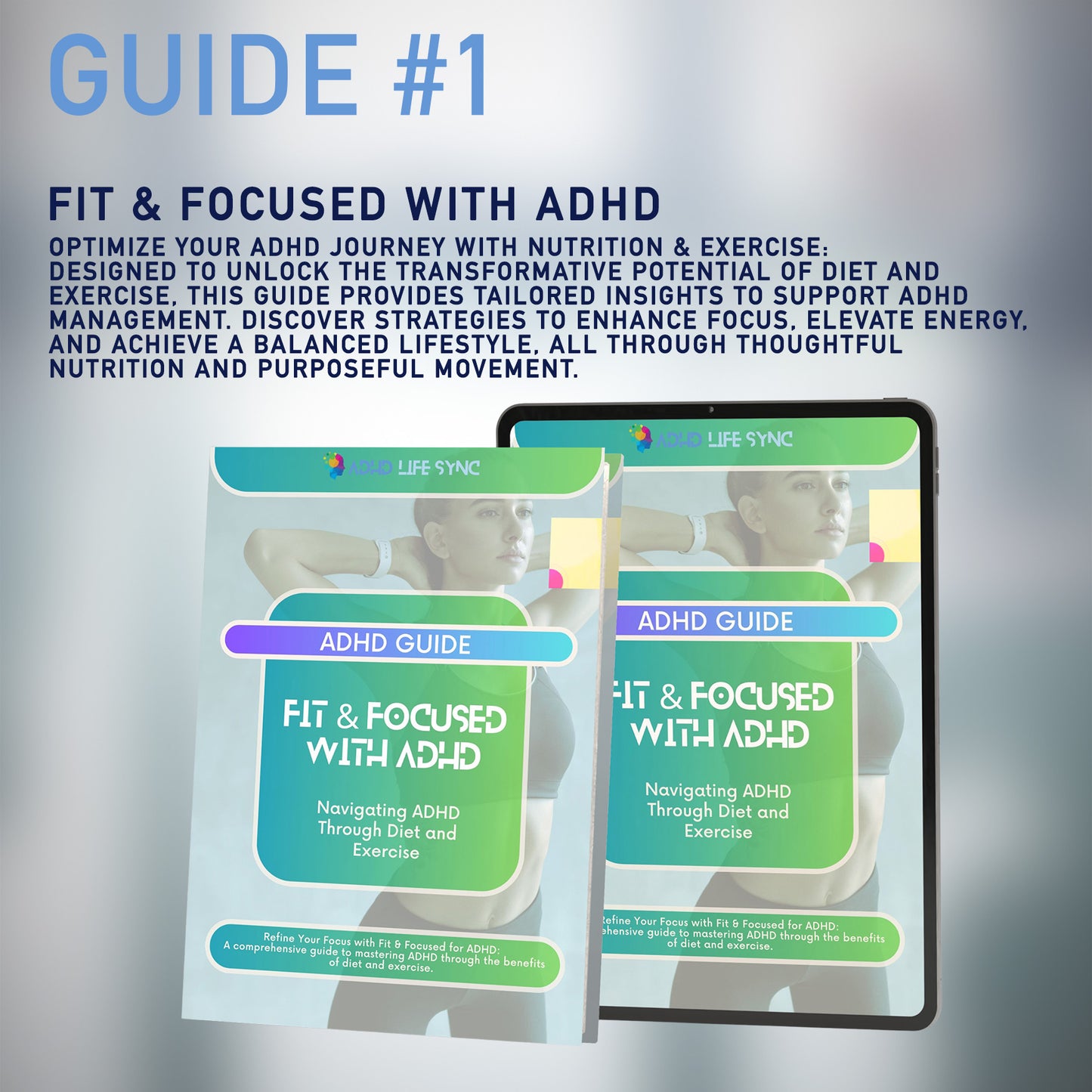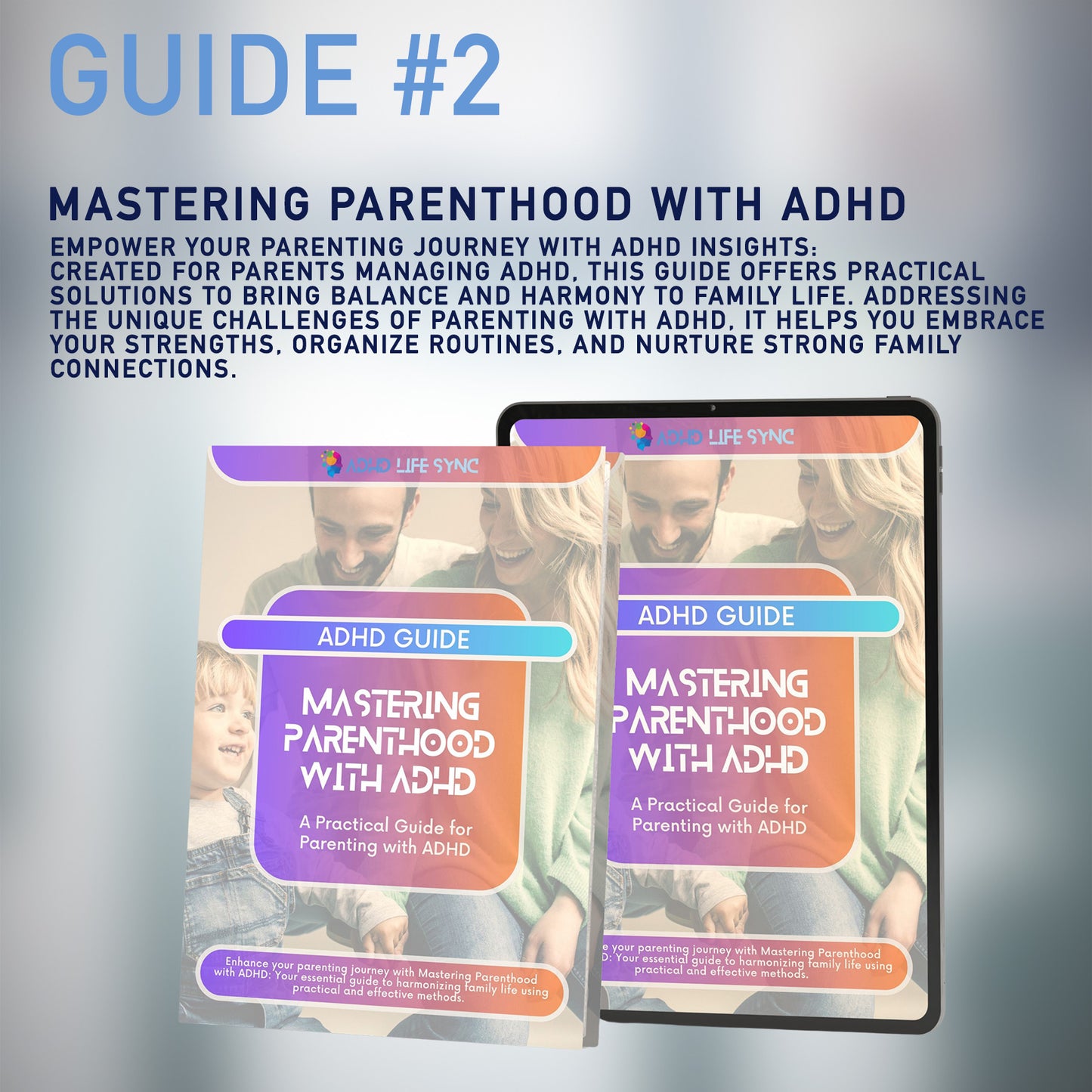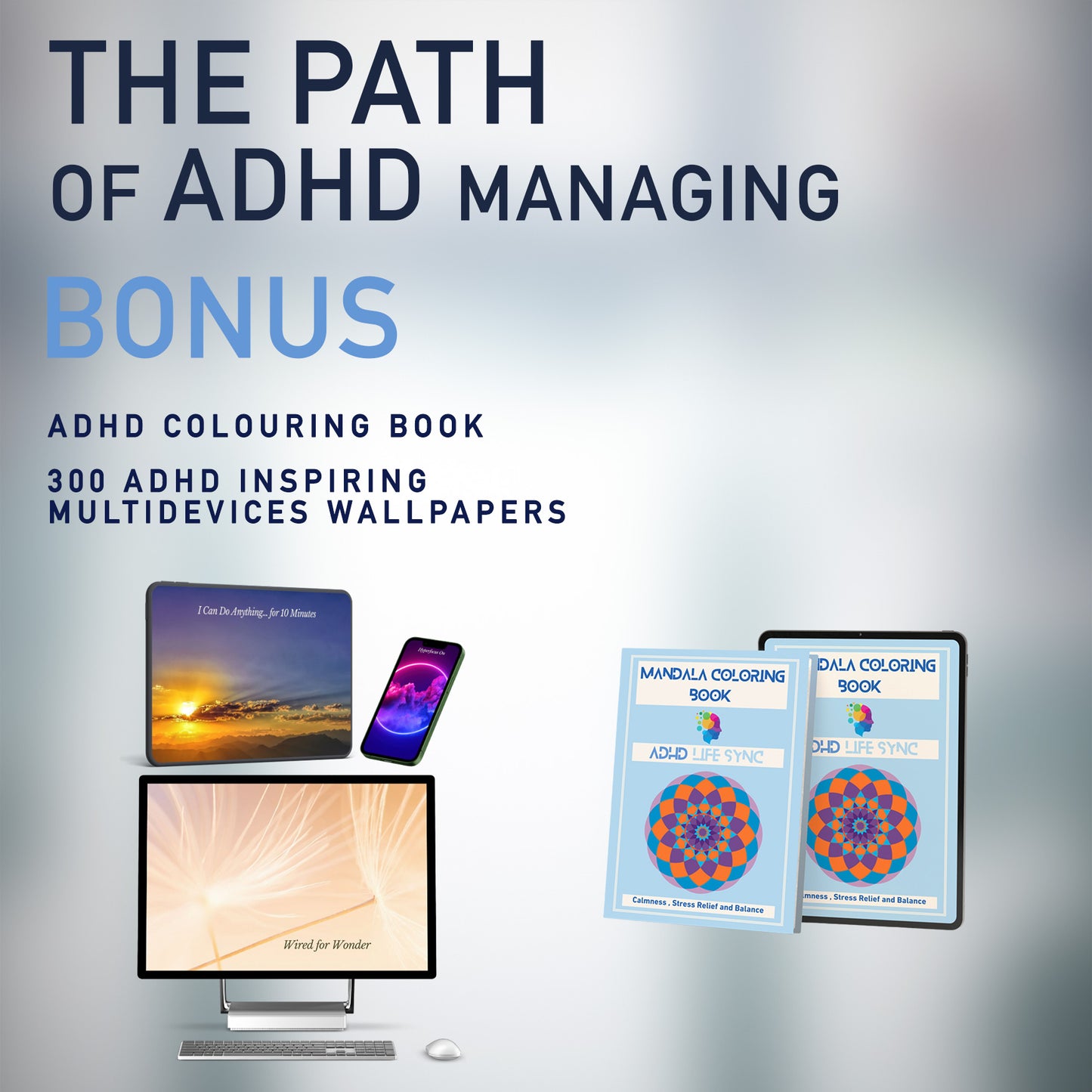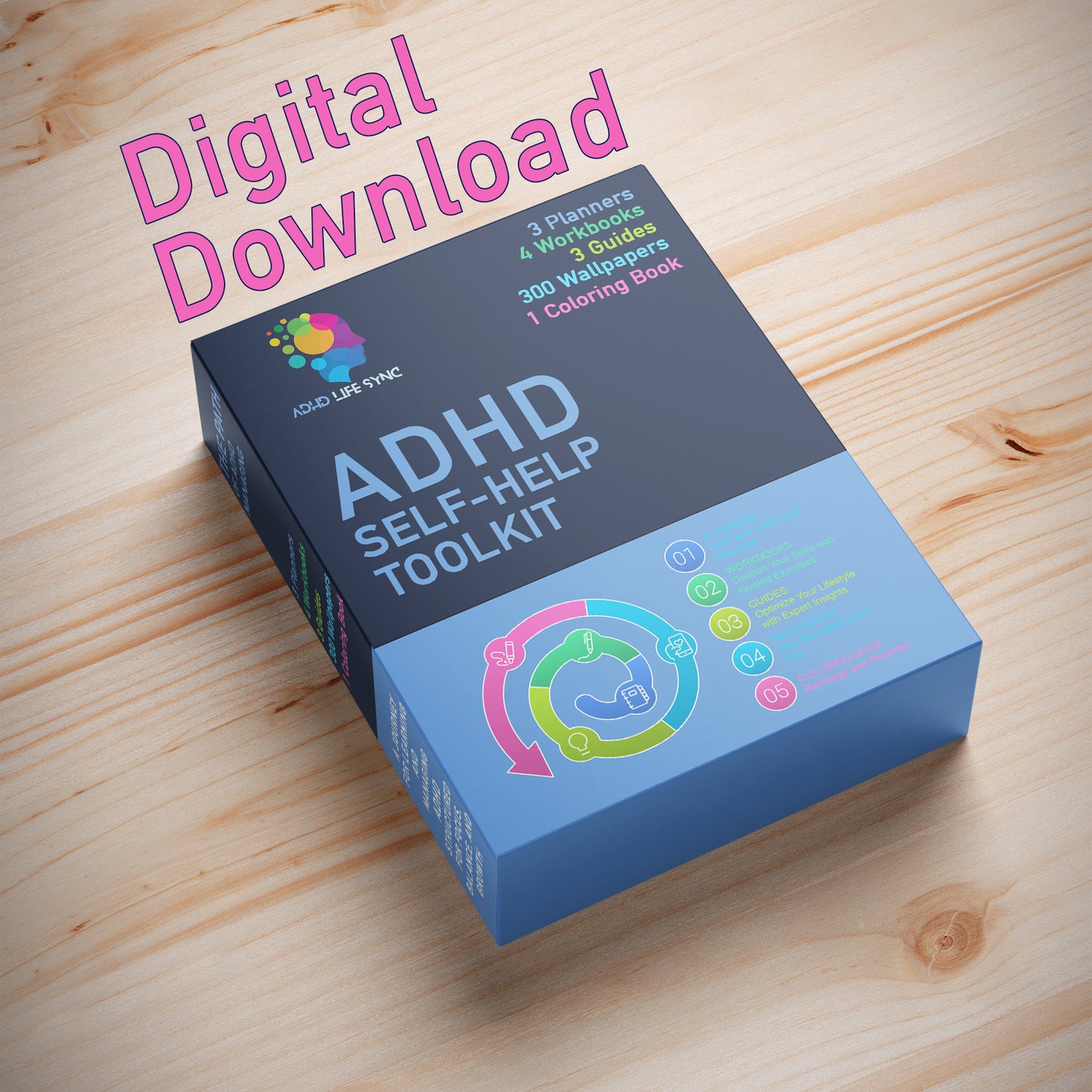
Understanding Complex ADHD: Tics as a Comorbidity
Tics represent another frequent comorbidity in cases of ADHD, significantly influencing behavior and socialization in affected individuals. It is crucial to understand how tics interact with ADHD to provide appropriate treatment.
Characteristics of Tics in ADHD:
- Tics are involuntary, rapid movements or vocalizations that can be influenced by ADHD in terms of frequency and intensity.
- They may appear as simple muscle movements or as more complex behaviors.
Impact on Individuals with ADHD:
- The presence of tics can complicate social and academic life, affecting concentration and interaction with peers.
- Often, tics contribute to increased anxiety and stress in both children and adults with ADHD.
Management Strategies:
- Effective treatment of tics in individuals with ADHD requires an integrated approach that may include behavioral therapies and, if necessary, pharmacological treatments.
- Education and support for teachers and family members are essential to create a supportive environment that helps manage both ADHD and tics.
Importance of Integrated Understanding:
- A deep understanding of the relationship between ADHD and tics is crucial for developing personalized treatment strategies and for significantly improving the quality of life of patients.
Recognizing and appropriately treating tics are vital for effectively managing ADHD and enhancing the life experience of those affected. In the next post, we will explore the next condition: Oppositional Defiant Disorder (ODD).

